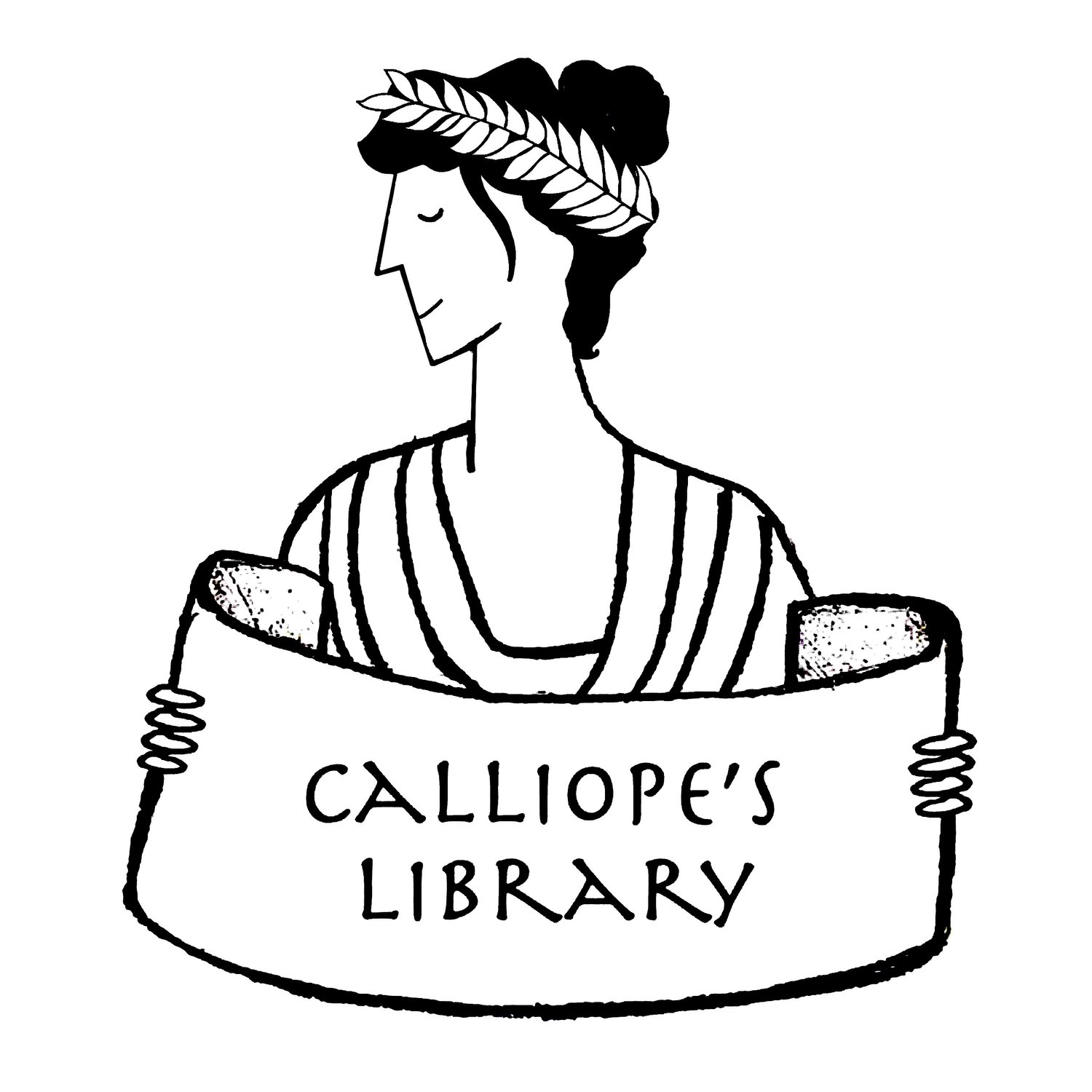Title: The Olympians: Aphrodite: Goddess of Love
Author and Illustrator: George O'Connor
Date: 2013
Tags: Young adult, Graphic novel, Mythology, Aphrodite, Pygmalion, Judgment of Paris, Ancient worlds, Racially/Ethnically diverse, English
Readers interested in a scholarly approach to children’s literature may consult this title on Our Mythical Childhood Survey*
Aphrodite: Goddess of Love begins with the goddess’ birth, nicely blending her various origin stories, and ends with the judgment of Paris, setting up the Trojan War in the next volume of the series. In between, George O’Connor covers Aphrodite’s marriage and the birth of her son Eros. The myth of Pygmalion is also given a full treatment, and O’Connor makes sure to give the statue Galatea agency, along with life, in the end. Many myths involving romance are hinted at in single panels, which makes a fun scavenger hunt for serious mythology buffs.
Of all the Olympians series, I think that Aphrodite: Goddess of Love has the best art. When Aphrodite reaches out to lay claim to the golden apple that’s “for the most beautiful” the page crackles with drama. This volume also showcases O’Connor’s diverse cast. It’s a pleasure to read that the primordial force of desire shaped itself “into a perfect physical form,” then see a brown-skinned woman rise out of the sea.
Aphrodite herself is a force to be reckoned with. The volume is a triumphant march through the hearts of every god and mortal she encounters. She is overwhelmingly powerful from her first appearance, and the struggle between the different types of power that she and Zeus wield is the real story in this volume. Not only does it paint a fascinating, complex picture of a goddess so often dismissed as frivolous, it also enriches the character of 50% of the Olympians’ cast. – Krishni Burns
* For further information on the Our Mythical Childhood Survey, please refer to the website of the project “Our Mythical Childhood” [link: http://omc.obta.al.uw.edu.pl/], led by Prof. Katarzyna Marciniak at the Faculty of “Artes Liberales,” University of Warsaw, Poland, with the participation of Bar Ilan University, University of New England, University of Roehampton, University of Yaoundé 1, and other affiliated scholars, within the funding from the European Research Council (ERC) under the European Union’s Horizon 2020 Research and Innovation Programme (grant agreement No 681202).














